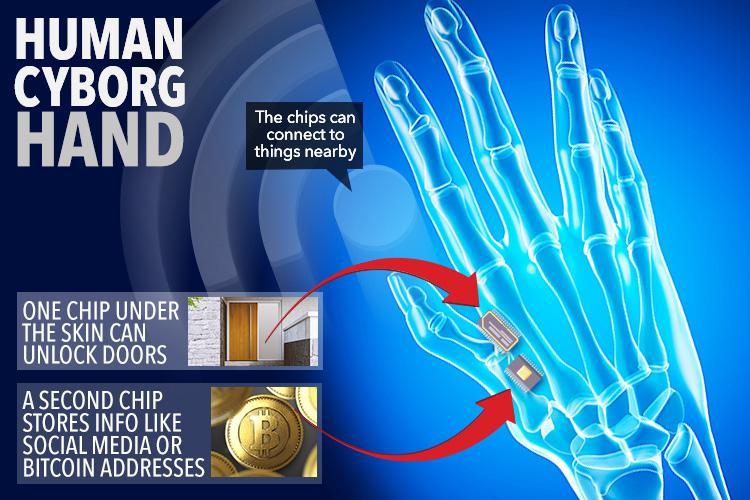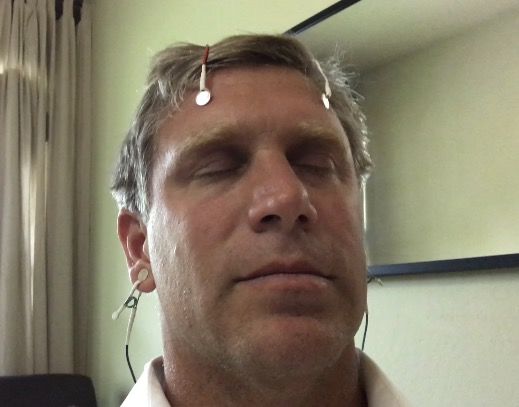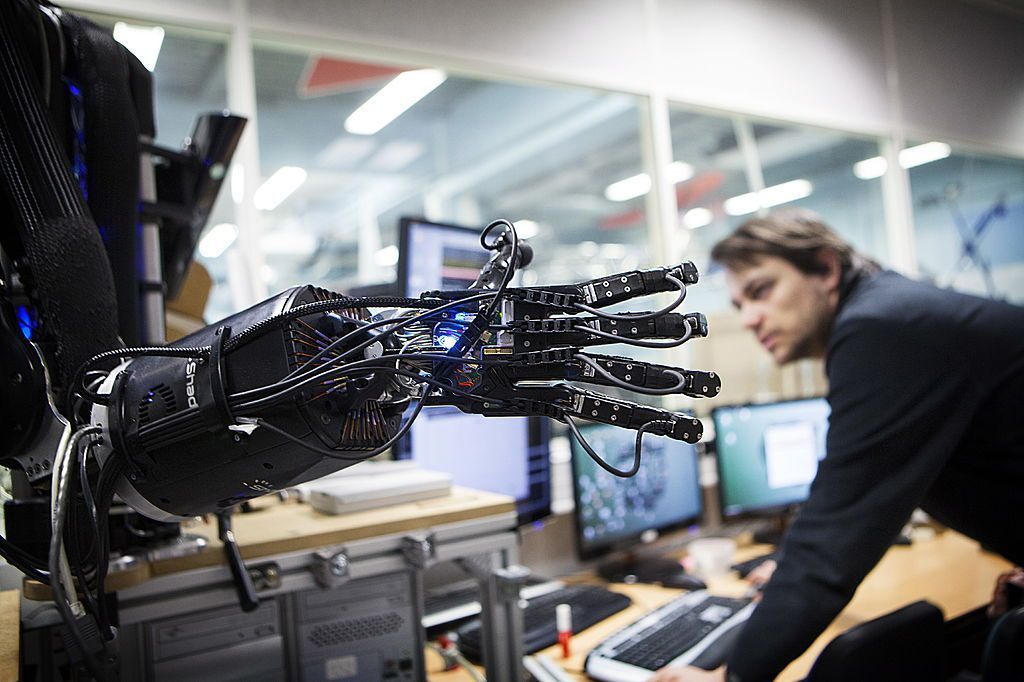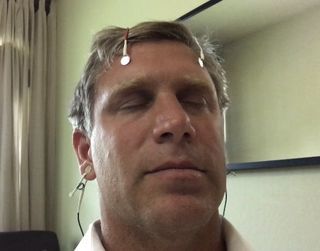Getting up from falling on its back was pretty impressive.
Category: cyborgs – Page 104
Scientists have created a BACTERIUM that inhales CO2 producing Energy
It’s a bionic leaf that could revolutionize everything we thought we knew about clean energy.
Harvard scientists open the door to an energetic revolution that has allowed them to test successfully a system that converts sunlight into liquid fuel.
In other words, the chemist who gave us the artificial leaf a couple of years ago has GENETICALLY ENGINEERED A BACTERIUM to absorb hydrogen and carbon dioxide converting them into alcohol fuel.

Mum begged doc to ‘chip’ daughter in case ‘radical’ dad takes her to Syria
Transhumanism discussion of using implants in children is in The Sun today, one of UK’s largest sites/papers.
A DOCTOR known as a “human cyborg” has revealed parents are bombarding him with requests to implant chips into their children.
Dr Patrick Kramer, who work under the job title of “chief cyborg officer”, receives harrowing messages from parents desperate for him to implant tracking chips under their children’s skin.

I Tried Direct Neurofeedback and the Results Surprised Me
My new story for my #transhumanism column at Psychology Today on Direct Neurofeedback:
Transhumanism—the movement of using science and technology to improve the human being—covers many different fields of research. There are exoskeleton suits to help the disabled; there are stem cell treatments to cure disease; there are robots and AI to perform human chores. The field is wide open and booming as humanity uses more and more tech in its world.
It’s not that often I get to participate directly in these radical technologies, but I did so recently when Grant Rudolph, Clinical Director at Echo Rock Neurotherapy in Mill Valley, California invited me to try his Direct Neurofeedback techniques. Via his computer and EEG wire hookups, Mr. Rudolph echoed my brainwave information back into my head at an imperceptible level. I did two sessions of Direct Neurofeedback.
At first, I was skeptical that I’d even feel anything since the EEG information can’t be detected by the skin as a sensation, but within five minutes of having the wires stuck onto my forehead, I began feeling different. I can compare it to a light dose of a recreational drug: I felt happy, content, and worry-free. I also felt more introspective than normal. The feedback only took a few seconds, and after about 15 minutes, I seemed to notice the world’s colors were sharper and my hearing was more acute. The heightened awareness and calming effect lasted about 24 hours and then most of it gradually wore off. Some of the clarity must still be working, because getting things done sometimes still seems easier. I’m told that continued sessions would make this state of clarity my new norm.
Strathspey Crown LLC : Announces Issuance of US Patent of the First Implantable Intraocular Lens (IOL) with a Video Camera and Wireless Transmission Capability
NEWPORT BEACH, Calif., July 12, 2017 /PRNewswire/ — Strathspey Crown LLC, a lifestyle healthcare company focused in ophthalmology, medical aesthetic and elective technologies and procedures, today announced that the United States Patent and Trademark Office has issued U.S. Patent No. 9,662,199 covering an implantable intraocular lens with an optic (including accommodating, multifocal and phakic configurations), a camera and an LED display, and a communications module that wirelessly transmit and receive information from an external device (e.g. PDA).
Robert Edward Grant, Founder and Chairman of Strathspey Crown LLC commented, “Video cameras are now a standard feature of smart phone technology and wearable cameras have become popularized by companies like Google and Snap in recent years. This patent represents a significant step forward in the rapidly growing sector of human cyborg technology. The eye, as a transparent medium for light, is ideal for advanced and rechargeable implantables that enable video capture of all of life’s experiences. Our broader vision is to develop ground-breaking medical-grade ocular smart implantables that integrate cellular, WIFI and 802.11 transmissions in an elegant cognitive interface that we believe will enhance human intelligence, augment perceived reality, and digitally capture experiences and individual memories. We look forward to several continuations and expansions on this important intellectual property portfolio.”
Grant further commented, “Although Samsung, Sony and Google have all recently filed patent applications related to the same field, Strathspey Crown is thus far the only company to hold an issued patent in this promising ocular smart implant category. Our first camera-integrated acrylic IOLs will be completed in 2018, upon which we plan to pursue an FDA Investigational Device Exemption (IDE) and subsequent Pre-Market Approval (PMA) and related clinical trial.”

There’s a $100 Million Plan to Make a Synthetic Spinal Cord to End Paralysis
Researchers at MIT’s Center for Extreme Bionics are engaged in a $100 million, five-year project with a goal to end disability worldwide.


There’s no need to fear a robot taking your job – not if you become one yourself
A new article recently out discussing issues of #transhumanism:
Hello reader, are you trans? Transhuman, that is.
Probably not, but one day you might be – or, failing that, your kids or grandkids. In what is very much a ‘guest’ piece for the American Conservative, Zoltan Istvan – the Libertarian candidate for Governor of California – explains his transhumanist vision:
“…transhumanism is the international movement of using science and technology to radically change the human being and experience. Its primary goal is to deliver and embrace a utopian techno-optimistic world—a world that consists of biohackers, cyborgists, roboticists, life extension advocates, cryonicists, Singularitarians, and other science-devoted people.”
There’s no need to fear a robot taking your job – not if you become one yourself!
